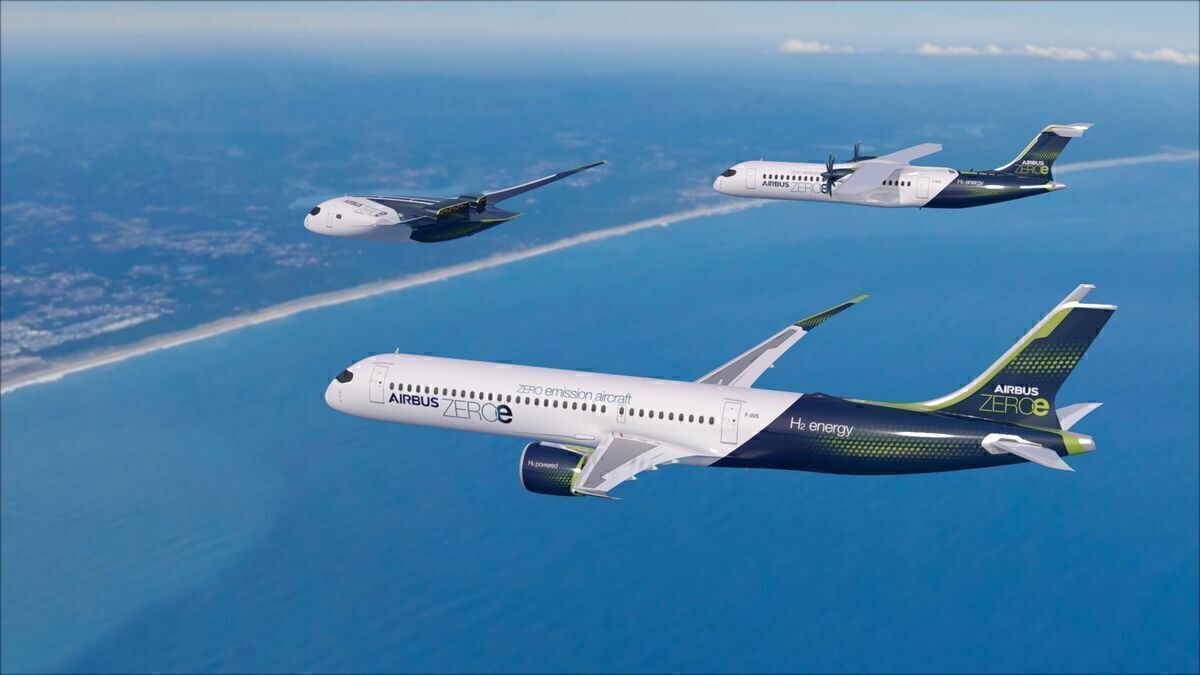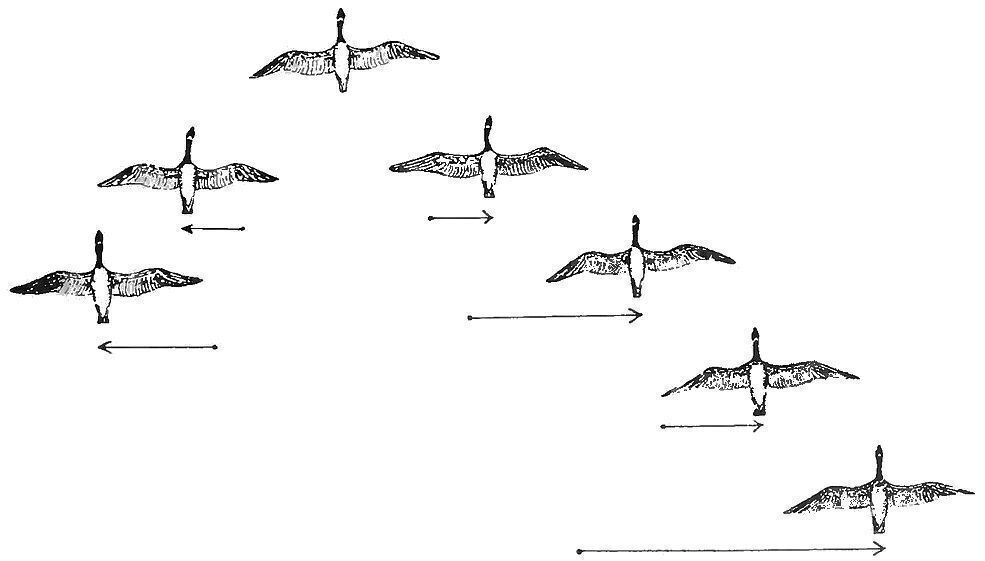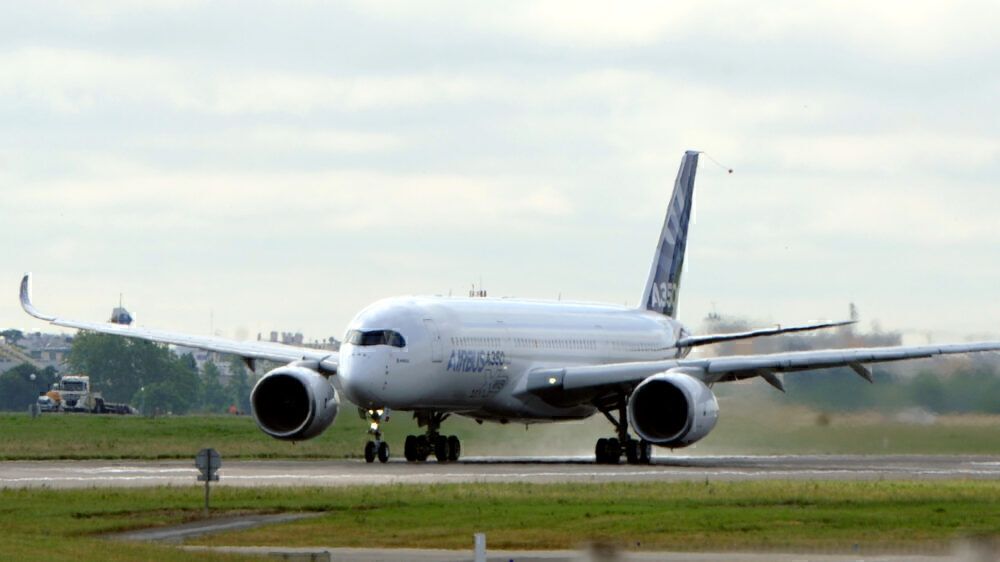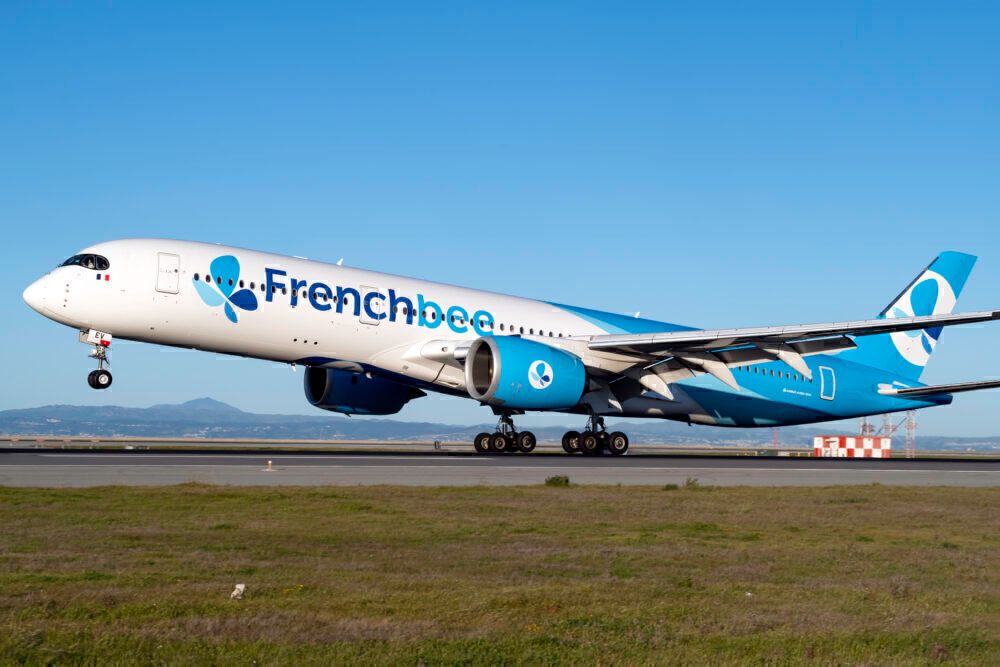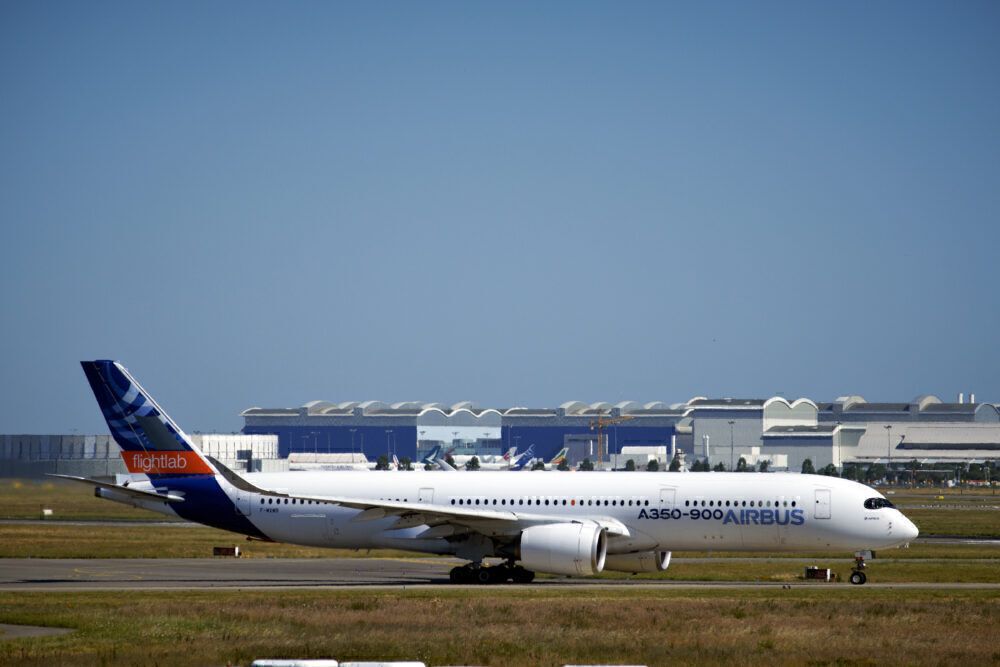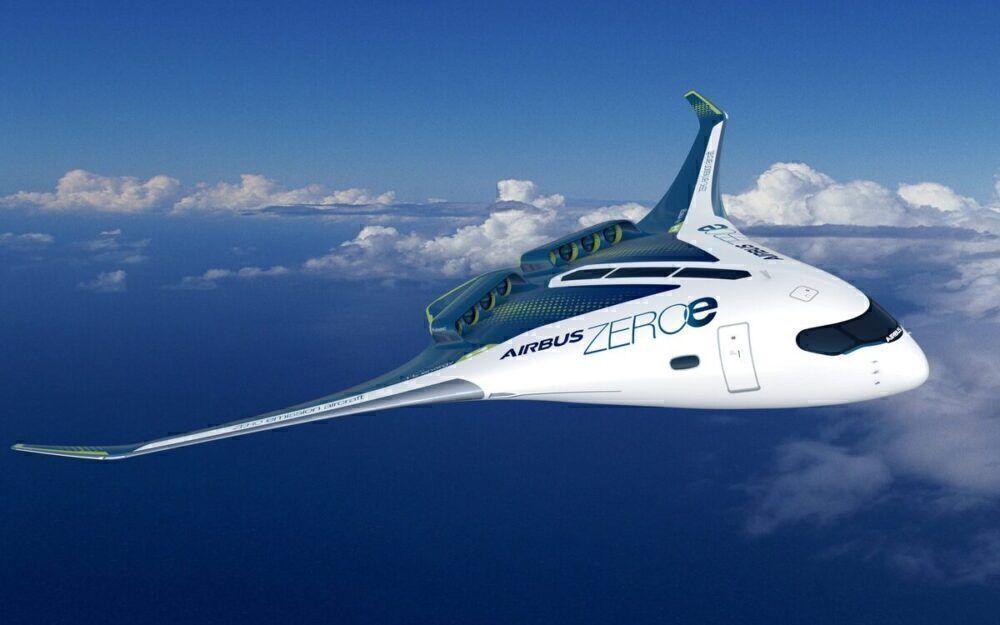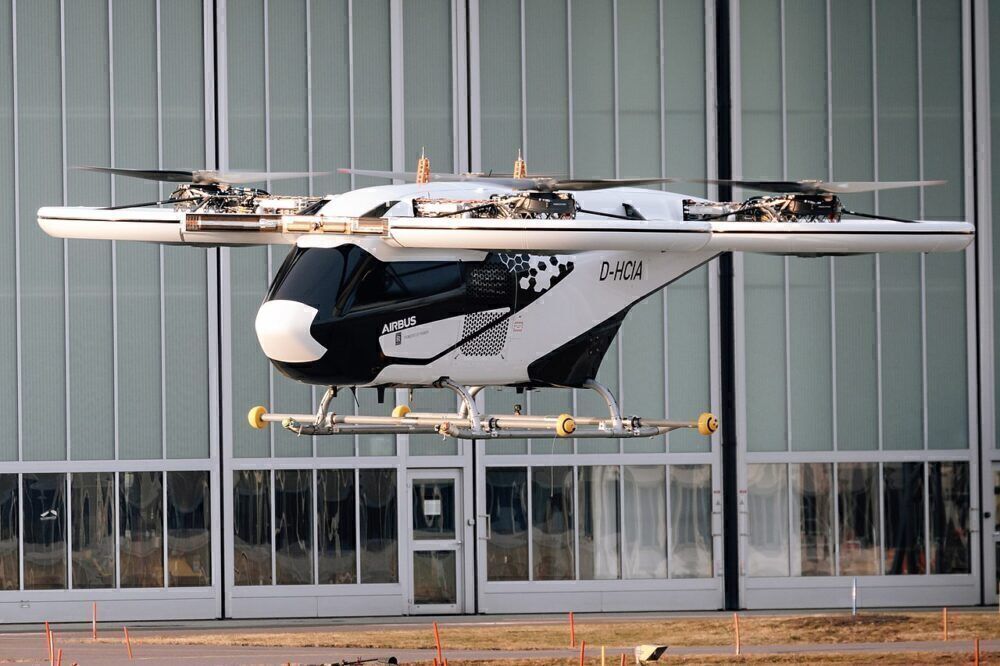The ongoing coronavirus pandemic has rendered the airline industry increasingly unpredictable. However, while certain future trends are hard to plot, others have remained more concrete. Regardless of how commercial aviation looks in years to come, manufacturers share a drive to make it more sustainable. Airbus CEO Guillaume Faury has several strategies up his sleeve in this area, including the potential use of formation flights.
How does formation flight work?
Speaking today at Eurocontrol's Aviation StraightTalk Live event, Airbus CEO Guillaume Faury confirmed his support for formation flight as a sustainability tool. Previously, one might have thought of formation flying as something limited to airshow displays or military tactics. However, Faury believes it may also revolutionize sustainable aviation.
Airbus began investigating the idea of flying commercial aircraft like a flock of birds in 2019. Using a similar principle to their feathered counterparts, an ICAO paper found that aircraft in formation can make fuel savings of around 10%.
This is because, when flying behind one another in the right way, they can use the residual slipstream of the leading aircraft by effectively 'surfing' its wake vortex. The result is that aircraft require less force to manage induced drag, which subsequently reduces fuel use.
Stay informed: Sign up for our daily and weekly aviation news digests.
Last year, Airbus carried out a formation flight test when it flew two A350s in formation together. The aircraft flew within 1.5 NM of each other in this test, which helped Airbus gather information about the concept. It received a boost last September, when airlines including French bee and SAS announced their support for the project.
How would it function commercially?
However, while it is one thing to successfully carry out a test formation flight, it is another to implement the concept on a wider scale. For example, how would formation flights work with regards to air traffic control? After all, the systems that are currently in place, such as the North Atlantic Tracks, are designed to keep aircraft apart, rather than close together.
However, Airbus CEO Faury is confident that the formation flights will actually be "easier to control from an ATM perspective." Another aspect to consider is the differences in operating costs between the aircraft involved. After all, the lead aircraft would not benefit from the enhanced efficiency that the planes behind it would be experiencing. For Faury, this is a matter of "co-operation between airlines."
He believes that the carriers involved in the formation flights would resolve the issue by "sharing the cost by [using] a compensating mechanism." This would see the costs leveled out over time to reflect the fact that, while an airline's plane may lead one flight, it could be at the rear in another. However, on the whole, Faury believes that the idea of formation flying (quite literally!) has wings. Although the timescales remain uncertain, he confidently stated:
"For long-distance flights, it makes a lot of sense. (...) There are many benefits. It's not the ultimate solution, but it can be part of the solution to significantly reduce carbon emissions. So yes, it's more likely to happen than not, in my view."
Commitment to sustainable fuel
Alongside developing aerodynamic strategies to increase efficiency, Airbus also has big plans when it comes to alternative fuels. It has already made significant steps in this area, with Faury confirming that:
"Today, Airbus planes are certified for 50% [concentration] of SAFs (Sustainable Aviation Fuels) in the [existing] kerosene mix for every plane we deliver today."
However, in practice, the usage of SAFs comes in at less than 1% concentration. Nonetheless, Airbus is pushing forward with its development of such fuel. Indeed, it announced earlier this month that it plans to run an A350 entirely on SAFs in the future.
Hydrogen-based plans in the long-term
However, Faury also added that "on top of sustainable aviation fuels, hydrogen will play a big, growing role." This represents a longer-term goal for Airbus, which hopes to produce emission-free, hydrogen-powered aircraft "at a later stage."
In terms of when this later stage is, Faury is targeting 2035 as a date for the entry into service of such aircraft. He breaks this down on a stage-by-stage basis, stating that:
"It gives us around five years to mature the technologies, and we're working on them now. Then you have two years to prepare the launch of the program, to find the suppliers and the location for production, and to fund the program. Then, [after the] launch in 2027-28, seven or eight years later, you enter into service."
Thus far, Airbus has produced three designs for its hydrogen-powered ZEROe range. While Faury is confident in meeting the 2035 target, he believes that the exact year of the aircraft's entry into service is "not the point."
Rather, the most important thing about rolling out such technology is the sustainable revolution that it will signify in commercial aviation. Ultimately, for Faury, sustainable aviation is not about picking one solution over the other. Instead, manufacturers must make use of all aspects. He states that "it's a mix. It's a menu of solutions, and hydrogen is one of them."
Penetrating the air taxi market
Finally, Airbus is also set to throw its hat into the ring regarding air taxis and Urban Air Mobility (UAM). Regarding when it might look to implement such technology, Faury confirmed that "the second half of the decade probably makes sense." Beforehand, Airbus will look to showcase a prototype at the 2024 Paris Olympics.
Many companies are showing increasing commitment to developing UAM technology. For example, Honeywell has developed a hybrid-electric engine for this purpose. Meanwhile, Chicago-based US legacy carrier United wants to operate such vehicles by 2026. Faury gave two key motivations for Airbus's involvement in this area. He stated:
"First, we believe there will be a business in the long term. And we want to be in this business that fits very much with our values and objectives of decarbonizing aviation and serving mobility of people. Then, when we have something that works, to be able to use it on our taxis, but also to scale it up for commercialization."
For now, Airbus is working on two UAM concepts. Going forward, it will be fascinating to see how these develop. These will complement the company's implementation of its other strategies regarding formation flying and alternative fuel as it aims to decarbonize aviation.
What do you make of Mr Faury's sustainability plans? Which aspect would you most like to see implemented in the future? Let us know your thoughts and predictions in the comments.

